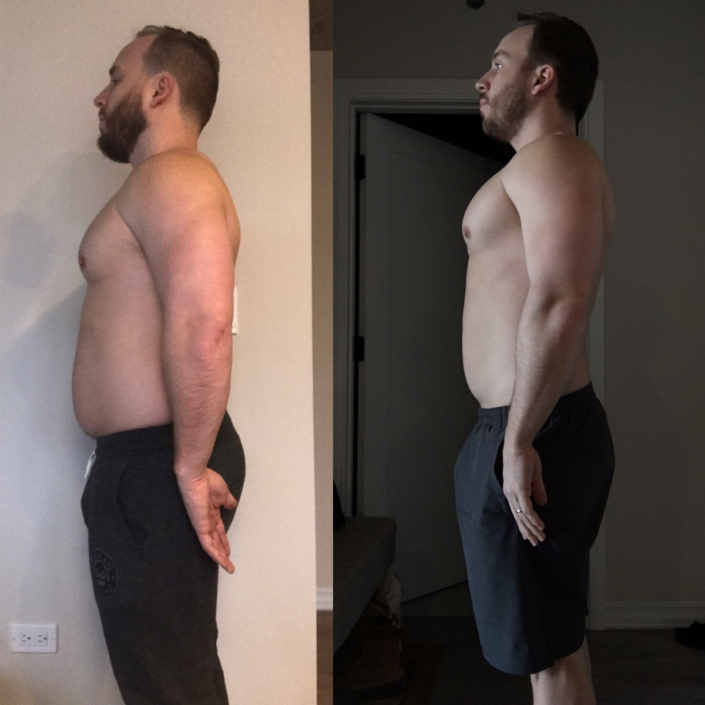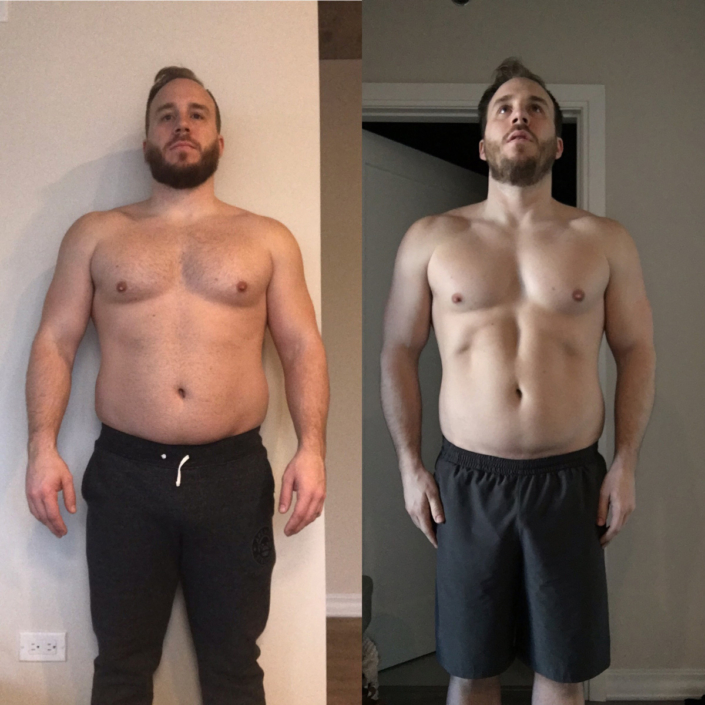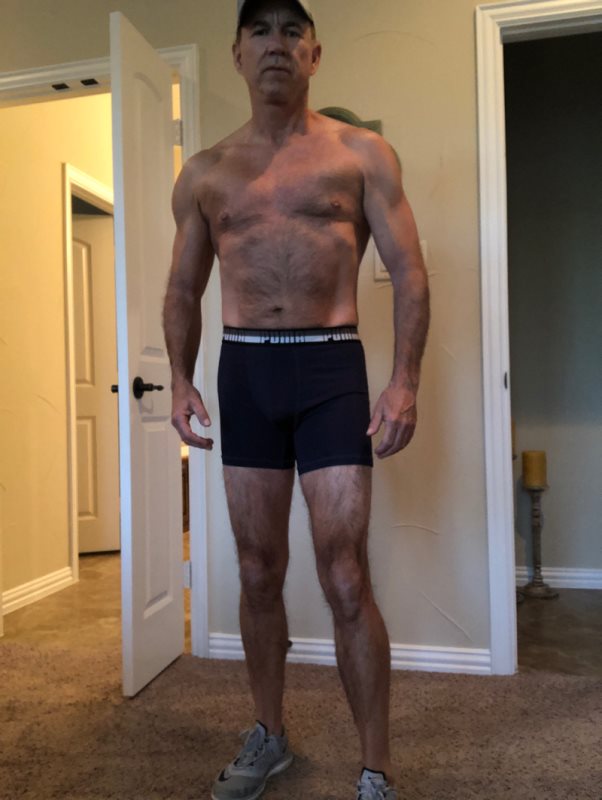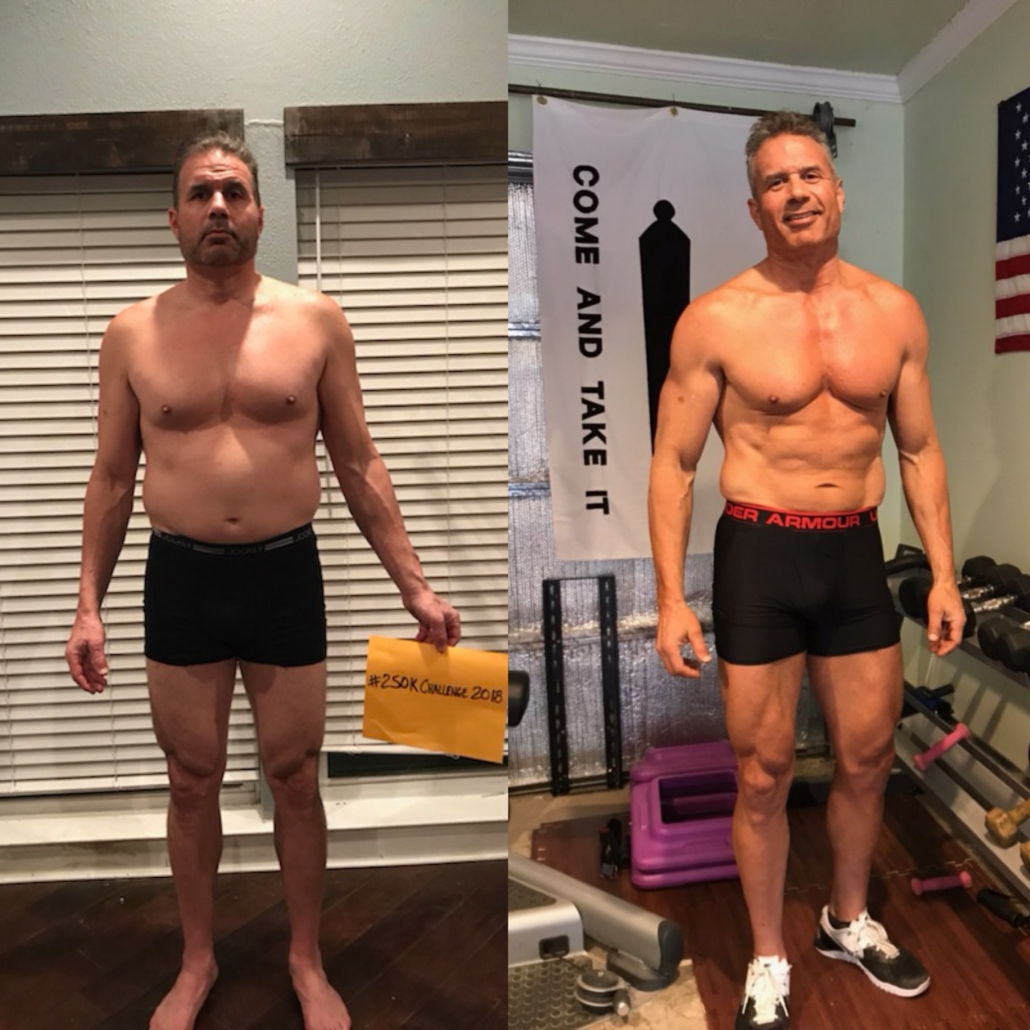Following my first dance on the NPC National stage, I’m filled with motivation to approach my first goal oriented off-season since 2012. As a refresher to anyone reading this that hasn’t known me through my competitive journey, I took a hiatus from competing from 2013 – 2017. In 2013, I had competed for eight consecutive years. I had just built and opened …destination Dallas and was inspired to dedicate myself to my work and explore “body building” in a different sense. Building a body that could do different things: Triathlon, Motocross, Adventure Racing, Boxing, to name a few sports that I dipped my toes into. The last time I finished a bodybuilding contest with the intent to add muscle and improve my physique for the stage was following the Texas State Championships in 2012. Now in 2018, I’m thrilled to take the knowledge and wisdom I’ve gained since that time to put together an offseason program to make improvements with the goal of returning to a national stage. I’ll lay out my goals for the coming offseason with some explanations of them. Hopefully reading this will have some bearing on your own bodybuilding or athletic endeavors.


Take Aim
I have been jotting down notes throughout my basically two consecutive contest preps, July – October 2017, and March-July 2018, about what I wanted to accomplish in an offseason. But I wanted to wait for the dust to settle after my first national contest to really have a clear perspective on what I was aiming for. My goal for the 2018 season was simply to have the best version of my physique that I had ever attained, which I defined as hitting a conditioning “PR” and holding more muscle mass than I had in any year previous. While I didn’t have hard numbers to back this up, in my visual opinion, I accomplished this. I’d like to echo that goal but also infuse some influence for the judging “taste” that I see in the new Classic Physique division that I’m competing in. Looking at the difference between my physique (that did not place in my class) vs. the guys that were in the top five, it’s clear that my biggest issue is still conditioning. Simply put, I still need to remove more body fat before peaking. I think that my coach for this show, Skip Hill, hit it about perfectly with my peak. I think it was a great balance of fullness and dryness for the physique I had at one week out, but I realistically just needed to lose more fat still before the peaking process began. This is ironic because this was a conditioning “PR,” meaning I do believe it’s the leanest and hardest I’ve ever been, but even still, it’s my biggest weak point. I had the size to be in the top five, maybe not to win, but to compete. I just wasn’t lean enough. The physiques I see winning and being rewarded are also VERY visually pleasing. In this new division, rarely are there guys with poor structures or bad symmetry winning at a high level. I’m pretty happy with my symmetry and have pretty good God-given structure; but compared to some of these athletes, I’m a bit thick in the waist. I will really need to be careful to add muscle in the right places (adding width with more shoulders, lats, and quad sweep) and pay attention to my waist line.



Goal Setting
Like most successful people, I’m a big believer in setting SMART goals. I recently completed the ISSA Specialist in Fitness Nutrition Certification and I really enjoyed the goal setting process they laid out. I’ve been using it with great success on my personal training clients and would like to implement it myself. In short, authors John Berardi and Ryan Andrews lay out a system of setting outcome based goals supported by behavior goals. Outcome based goals are essentially SMART goals that describe what you want to achieve. Behavior goals are key points, which when followed, ensure the completion of the outcome goal. Following Team Universe, I went straight to Body Analytics Hydrostatic Body Composition Testing to get my lean body mass checked so that I could set a proper outcome goal. I was measured at 84.2 pounds of lean mass. This was the number I would focus on for the next 9-12 months. But in retrospect, the biggest thing standing between me and a top five national placing is conditioning. I need to add a body fat caveat to my goal of increasing lean muscle mass.

Outcome Goal: Reach 90 pounds of lean body mass, by March 1st 2019, at a body fat percentage less than or equal to 12%.
Behavior Goals
- Commit to a structure training program, which includes proper intensity, rest, de-loads, etc. that will allow me train at the maximum smart intensity while staying healthy (details discussed later).
- Maintain a structured diet in a calorie surplus for most of this time period, with the exception of one or two mini diet cycles to regain insulin sensitivity when needed and keep body fat in proper range (details discussed later).
- Monitor progress with quarterly lean body mass tests.
- Maintain motivation by having fun and living a balanced life but not in a way that is detrimental to my goal at hand.
There is also a list of sub-goals I’ve compiled that I’d like to keep in mind this offseason. In no particular order:
Sub Goals:
Training

I tried something new for my prep for Team Universe and I got really good results; but like anything, it came with some drawbacks. For the first time since I was probably 18, I trained primarily by myself. I did this for a few reasons, some related to my departure from destination for business reasons, but also strategically for my contest. For the past nine years, I used the strategy of training with the biggest, and baddest dudes I could. Being a gym owner and in the industry with a great network, these are some of the biggest and baddest dudes on the planet! As a result, I’ve learned a TON, I’ve done things in the gym I likely never would have thought possible, and all in all it has been a great plan. BUT, when you’re training with the top dogs more often than not, their goals take precedence over your own. In a training partner or training group environment, I’m very laid-back and usually have no qualms about compromising something that might be better for me for the betterment of my training partner (who likely has his career on the line) or the training group. I also HATE to say no and HATE to lower weights in a session! Often times I would sacrifice quality reps for the keeping up with poundages I probably shouldn’t have been using or doing too much volume or intensity even when I knew I was entering a counterproductive zone because I didn’t want to bail on my partner or didn’t want to bitch out. For Team Universe, I followed John Meadow’s GAMMA BOMB program and consulted with John off and on about exercise selection, taking de-loads, etc. The results were phenomenal. I have ZERO problem pushing myself. I’ll take a set to death if it’s on the program; so I wasn’t worried about losing intensity training by myself. My issues generally come in the form of over training, shit reps because of using too much weight, and nagging injuries because of those two aforementioned issues. I’m going to continue to use John’s programs because they are so well planned out with waves of intensity, volume, frequency, etc.

My calendar will look something like this:
July – September: four days per week weight training.
September – March: five to six days per week training, with two to three de-loads sprinkled in.
During that second phase, I’ll trade out every four to six weeks of doing legs twice per week and doing upper body twice per week. I mentioned the drawbacks about training alone, which are simply just missing the gym camaraderie and also the ability to have quality spotters that can assist with forced reps and intensity. Asking random gym goers is like rolling the dice!
Some specifics I want to address in my training: I’d really like to improve my incline bench press. It’s traditionally a weak movement for me. I’m much better on flat bench, but I’d like to prioritize that movement. I want to develop better detail in my arms by focusing on the brachialis and brachioradialis, so I’ll be prioritizing overhand grip curls, hammer curls, and some fun intensity techniques to give new attention to those details. My squat is very quad dominant and depth with good form has always been an issue for me because I start to develop hip pain when I squat heavily and deep for a few weeks in a row. I’m hoping the yoga and mobility work I’ll be doing will get me back to doing sets of ten plus with 405; something I haven’t done since 2014. I really want to enhance the mind muscle connection in my hamstrings as well and get better at exercise execution to bring up my hams.
Cardio
To be totally honest, I’ve never been a big fan of HIIT cardio. I’ve always been pretty partial to LISS cardio done with proper timing, both in season and offseason. I guess I’ve just always been a bit amiss on when to do the HIIT cardio and not impair my recovery. This year though, I’m planning to pay close attention to my intra workout nutrition at the advice of John Meadows, which oddly enough I think has been the missing piece of the puzzle as to why I’ve avoided HIIT. In the past, I’ve viewed the post workout window as holy – and when muscle gain is my primary goal, I generally rationalize skipping cardio to make sure I’m taking advantage of the post workout anabolic window. Now that I’ll be ingesting carbs and protein during my training, essentially drinking my “post workout” throughout the workout, I plan to do two to three HIIT sessions per week as my main cardiovascular activity. I think this will help me maintain my conditioning and be able to keep weight training intensity high and that it will also help me partition food better. If I’m going to be eating high calories, I think the HIIT cardio will help me utilize the food I’m eating better. I’ll likely still do some LISS cardio from time to time, but not as a main tool. I would also like to experiment with some Metabolic condition training consisting of circuit style exercises done with short rest periods to increase EPOC and stimulate metabolism. If I’m doing two HIIT sessions per week, I would probably only do one Metcon per week, just to be careful not to stress my CNS too much.

Diet
I’m not going to elaborate on this next statement because it would be long winded, but I’m thoroughly convinced that I am TERRIBLE at converting fats into energy. (Maybe another blog post for another day…) Therefore, I’m going to keep the minimum amount of fat in my diet to help with health, inflammation, and aid in raising calories; but in general I will be following a very low-fat diet. I will aim for a macro split of about 50% carbs, 40% protein, and 10% fat. Most of the fat I’ll be getting will come from meat sources. The only added sources of fat will be fish oil supplements, a few green olives with one to two meals, and the occasional spoonful of peanut butter just because it’s my favorite food on Earth. I really gained confidence in my metabolism’s ability to process a high amount of carbohydrates during my Universe prep. Every Sunday when I would do my Skip Load, I would eat upwards of 800-1000g of carbohydrates. I would obviously get a big weight gain from this, as my muscles would swell with water and glycogen, but I would clear it out within two to three days, which I was pretty impressed with. Had I not done this week after week and trusted the pattern, I would have expected it to take more like seven to eight days to clear that many carbs. Given my ten years plus learning the lesson of my bad fat metabolism and my new confidence in my ability to burn through carbs, I think this diet will be the ticket. This is much like the diet Jay Cutler followed most of his career under Chris Aceto’s coaching and someone I’ve been digging up old articles and advice from getting ready for this offseason. This approach will make the mini diets I plan to include important, though. With a high carb intake, losing insulin sensitivity is a real concern; so I’ll likely need to cycle in some two to four diets with lowered carbs to regain my sensitivity. During my rebound phase, I’ll be slowly growing my caloric intake from 2300 calories per day up to around 3000 per day. I’m hoping to find a maintenance stage around that point where I’m maintaining weight and body fat levels. In the fall, I’ll start to increase calories and make an effort to gain quality weight. I don’t expect I’ll need to exceed 3500 calories per day or I’ll likely start to gain too much fat.

Motivation
I really enjoy some extreme sports that don’t lend themselves to making progress in bodybuilding. Motocross, sport bikes, mountain bikes, and wake boarding, to name a few. I really enjoy these activities and I don’t plan to discontinue them, but I want to make sure that I don’t let them become a distraction while I’m making a serious run at competitive bodybuilding again. For example, I was prioritizing motocross for some time during my break from competing and I worked really hard to keep my weight low and increase my endurance, which certainly led to some lost muscle mass. To keep my motivation up, I will plan two to three bodybuilding experiences that will keep me “hot” during the less exciting times of an offseason. Visiting high level coaches and athletes for workouts are one of my favorite things to do. I’d like to make an extra trip out to Elite FTS and train with John. Mark Dugdale is one of my favorite bodybuilders of all time. It’s on my bucket list to get a workout in with him, which I could make happen. I still haven’t made a trip out to Ben Pakulski’s Mi40 gym. He’s a personal friend and I’m sure I would gain a lot from that trip. I make it to LA usually two to three times a year for different reasons; so a training session with Charles Glass at Gold’s Venice usually gets me fired up! I think that taking advantage of my professional network and having fun experiences like this will keep me focused and having fun working on my goal.




















